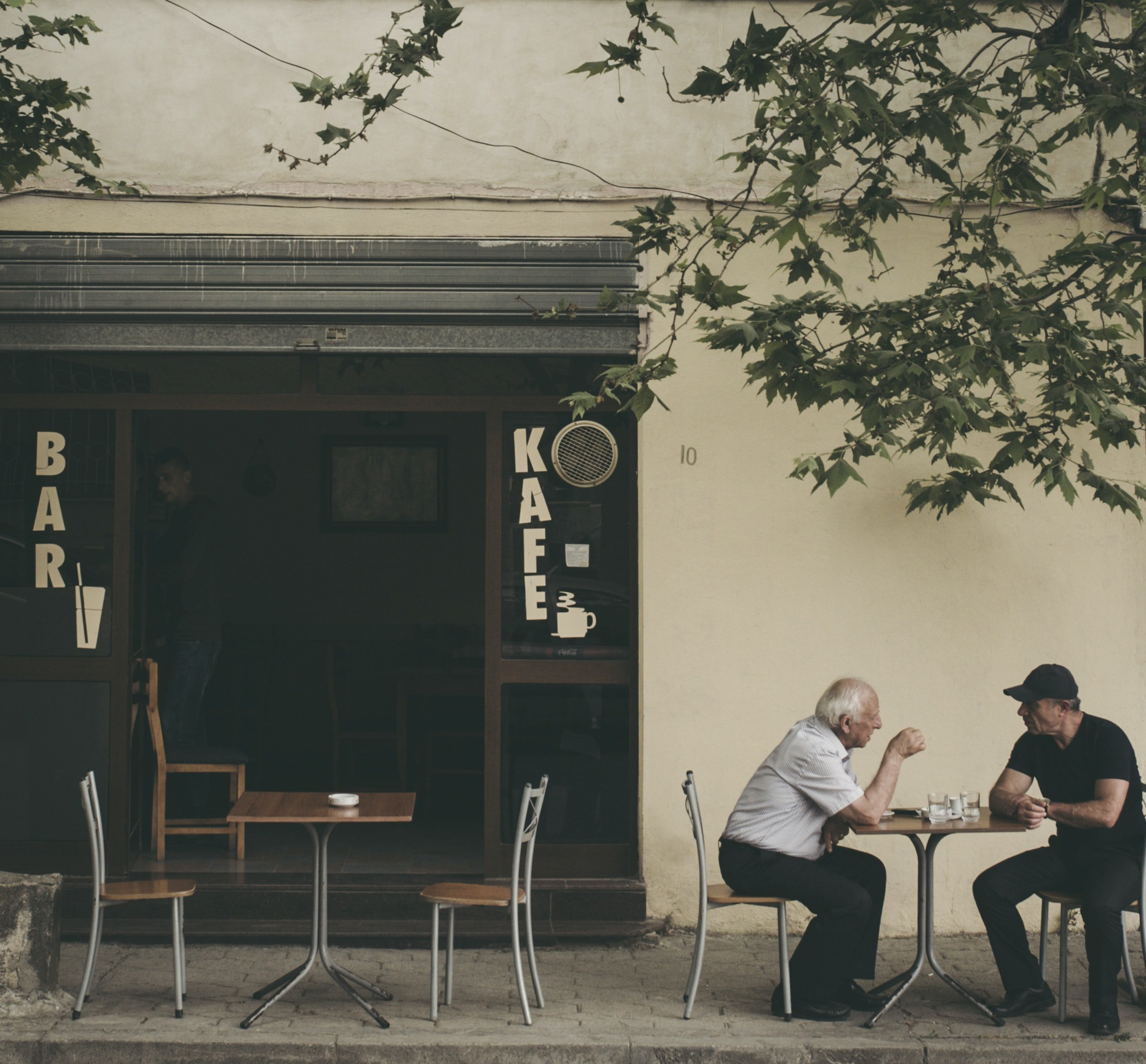
MODULE 4 - Section 6
Strategic Partnership Conversations
Introduction
To make the most of the momentum from the short-term team, you will want to engage in a few strategic conversations within the first month after an STT returns home.
These timely next steps are one of the most powerful ways to turn the team's collective energy into continuing fruitful action.
There are 3 important conversations to engage with the following people:
STT Leader
Advocates
Goer-group Leader
While specific insights and information are shared about each of these below, if you are looking for even greater detail on these conversations, be sure to access in the Imagining Strategic Follow-up Conversations resource at the end of this section.
Here is an outline of topics that could guide your conversation with a Team Leader:
Catch up on how each other is doing, reminisce about the shared experiences, and enjoy what was achieved.
Discuss the most important elements that made the trip successful and the things that could make such a trip better in the future.
Find out about the impact on individual participants and those who should consider further intentional involvement in the areas of regular prayer, utilizing expertise, coming for a longer period of time, or influencing others by advocating for a particular part of the ministry.
Brainstorm healthy next steps for their fellowship/goer-group and determine the right way to pursue those.
Make clear what the team leader will do and what you will do as a result of the conversation.
1. Team Leader
The team leader is one of the most likely candidates for becoming an advocate by staying connected with your ministry and influencing others to get involved. However, even if she/he will not move into such a role, a follow up conversation can still be valuable for insights related to future short-term teams, individuals who could remain engaged with your ministry, and the potential for their fellowship/goer-group to become a partner.
2. Advocates
You may have identified 1 or 2 other team members (besides the Team Leader) who might move toward an advocate role for your work. Often this happens when a part of your ministry fits a person’s expertise, such as an educator that becomes passionate about your school or tutoring program or a doctor becomes passionate about your clinic or public health initiatives. The motivation might also be driven by a relationship, such as when an advocate has a personal friendship with someone on your team or even with a local. The motivation could come from a sense of personal calling to the work of holistic community transformation work - desiring to serve in your community but not able to do so because of personal circumstances. In any case, talk with your Catalyst about the best person from your team to follow up with such individuals.
Here is an outline of how such a conversation might go with a potential Advocate:
Set the context for the conversation by highlighting what indicated to you that it might be important for this person to consider an intentional way to make an ongoing impact.
Invite the person to share what most resonated with them about the ministry and anyways they’ve been stirred to consider further involvement.
Highlight connections you see between their passions and current priorities and ways you could imagine their influence being a part of achieving one or more goals over the next year.
Invite their response and additional ideas.
Suggest they think about the year ahead and prayerfully consider committing to some specific ways they can help achieve one or more goals. They may need to talk to leaders about the idea. Ask them to get back with you in the next month or so.
3. Goer-group Leader
The fellowship/goer-group leader that you want to get a conversation with will most likely be the one whom you (or the Catalyst) have been communicating with (via email, video and/or Zoom) during the pre-community and in-community phases. Ideally, it is a staff member that is most responsible for global outreach and therefore would have the most influence over partnership decisions. It’s best if your Catalyst is a part of this conversation, and if the goer-group supports a worker on your team, then that worker should also be included. The exception to that is if the relationship between the Catalyst and goer-group leader is already well-established. In such a case, including another supported worker would not be necessary.
Before the conversation with the goer-group leader, get clear on the appropriate partnership level you believe the fellowship/group should consider by referring to the 3 Levels of Partnership with One Collective document from Module 4 Section 1. If this was the first STT that the goer-group sent to serve in your community, then most likely the right level for them to consider is Level 1 (Encounter). They just need to be invited to take a next step to help with a project or initiative. If this was not their first STT, then it’s likely that they should be invited to a Level 2 (Engage) commitment where they commit to help achieve a goal over the next year or two. If they’ve been consistently involved in your ministry for a few years, then they may be ready to consider a Level 3 (Empower) commitment which will be more complex and long-term.
Also, before the conversation, review the Partnership Opportunities Table you completed in your Module 4 Assignment found at the end of Section 2. Determine what current ministry priorities might be most aligned with the priorities and capacities of the goer-group. These will be the things you want to focus on in your conversation with the goer-group leader.
A good outline for that conversation might look like this:
Build rapport - Particularly if this is the first conversation together, it can be helpful to “warm up” the relationship by talking about something you have in common. This could be something like your familiarity with their city, your identification with their experience when they formerly served overseas, or your interest in a sports team you see featured on their wall during a Zoom call. The easiest connection may be discussing a positive experience you had with one of the STT members from that goer-group during their time with you.
Set the stage - Mention what you want to discuss on the call and get clear on the leader’s available timeframe for your discussion.
Appreciation and Impact - Thank them for the investment of time and resources that made it possible for the STT to make a difference in your community. Share ways it was a blessing to your team, to local relationships and to your long-term goals. Include a specific story that the leader has not yet heard.
Feedback (optional) - Invite feedback on how the experience was impactful for the goer-group, and ideas on what could make it better next time.
Discover - Find out what the leader wants to see from the goer-group’s global involvement. What kind of an impact do they want to make, and in what contexts? What does she/he like to see God do in their fellowship/group as a result of such involvement?
Opportunity - Highlight a couple of key needs or opportunities in your ministry that might resonate with the goer-group, and ask if she/he would consider helping.
Next steps - Suggest concrete action to keep it moving forward and nail down action items.
Again, to imagine what any of the above conversations could look like in even greater detail, including talking prompts, review the Goer-group Leader section in the Imagining Strategic Follow-up Conversations resource below.
Highlighted Resource
Imagining Strategic Follow-up Conversations

End of Fueling Partnership With Short-Term Teams (Post-Field) Module
Congratulations! You’ve made it to the end of this training.
We hope this training has enriched and equipped you to host teams and give opportunity for long-term partnerships.






